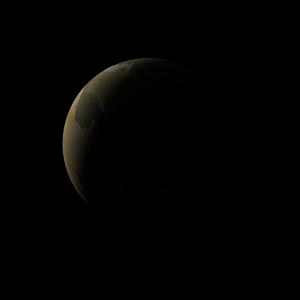|
|
Space Astro
|
Info for exoplanet "Juzomo Sho"
| Scientific (actual) data |
|---|
| Name | Kepler-823 b |
| Planet status | Confirmed |
| Radius | 0.14 |
| Orbital period | 4.16809 |
| Discovered | 2016 |
| Updated | 2021-02-05 |
| Tconj | 2454970 |
| Publication | Announced on a website |
| Detection type | Primary Transit |
| Alternate names | 2MASS J18581981+3913127 b, K01339.01, KIC 4135665 b, KOI-1339 b, KOI-1339.01, WISE J185819.81+391312.6 b |
| Star name | Kepler-823 |
| Right ascension | 284.58° |
| Declination | 39.22° |
| Mag j | 13.619 |
| Mag h | 13.246 |
| Mag k | 13.187 |
| Star distance | 896 |
| Star metallicity | 0.06 |
| Star mass | 0.98 |
| Star radius | 0.96 |
| Star age | 4.47 |
| Star temperature | 5643 |
| Star alternate names | 2MASS J18581981+3913127, KIC 4135665, KOI-1339, WISE J185819.81+391312.6 |
| Wikipedia article | Kepler-823 b |
Back
| |
| Fictional info (?) |
|---|
| Suggested name | Juzomo Sho |
| Planet type | Cold planet |
| It may have had neon oceans in the past, but these would have vaporized as the temperature rose due to a runaway greenhouse effect.
The volume of water detected has been estimated to be equivalent to the volume of water in Earth's oceans. |
| Atmosphere | Molecular hydrogen | 40% |
| Ammonia | 31% |
| Neon | 29% |
| Atmospheric pressure | 0.7 bar |
 |
| No known satellites |
| Google search for Juzomo sho |
|
Website by Joachim Michaelis
|
|
|
|